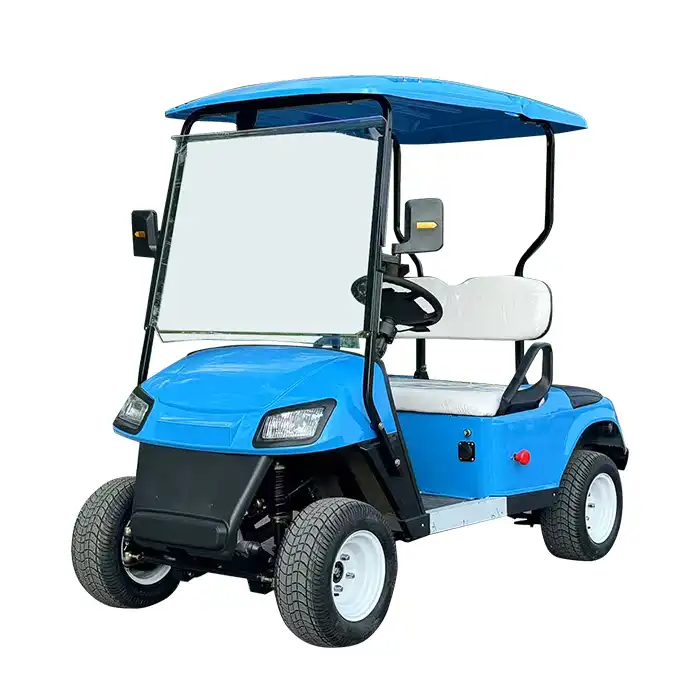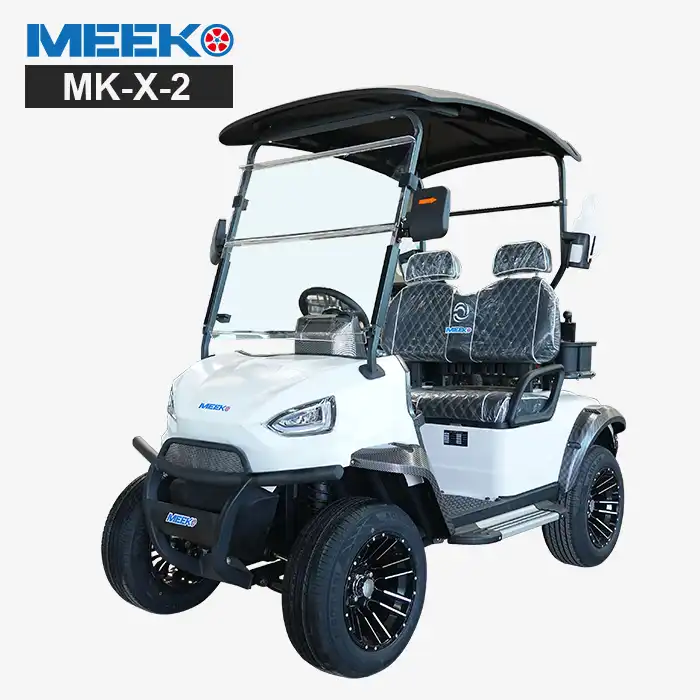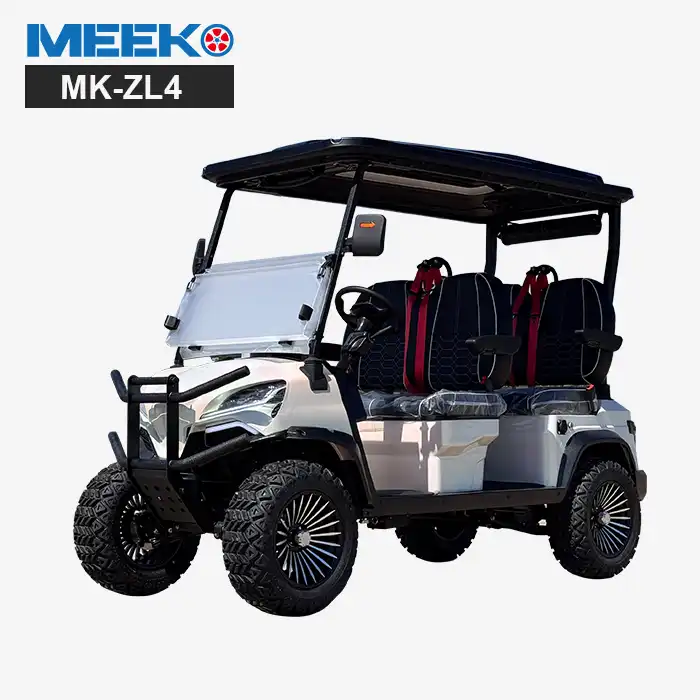- English
- French
- German
- Portuguese
- Spanish
- Russian
- Japanese
- Korean
- Arabic
- Greek
- German
- Turkish
- Italian
- Danish
- Romanian
- Indonesian
- Czech
- Afrikaans
- Swedish
- Polish
- Basque
- Catalan
- Esperanto
- Hindi
- Lao
- Albanian
- Amharic
- Armenian
- Azerbaijani
- Belarusian
- Bengali
- Bosnian
- Bulgarian
- Cebuano
- Chichewa
- Corsican
- Croatian
- Dutch
- Estonian
- Filipino
- Finnish
- Frisian
- Galician
- Georgian
- Gujarati
- Haitian
- Hausa
- Hawaiian
- Hebrew
- Hmong
- Hungarian
- Icelandic
- Igbo
- Javanese
- Kannada
- Kazakh
- Khmer
- Kurdish
- Kyrgyz
- Latin
- Latvian
- Lithuanian
- Luxembou..
- Macedonian
- Malagasy
- Malay
- Malayalam
- Maltese
- Maori
- Marathi
- Mongolian
- Burmese
- Nepali
- Norwegian
- Pashto
- Persian
- Punjabi
- Serbian
- Sesotho
- Sinhala
- Slovak
- Slovenian
- Somali
- Samoan
- Scots Gaelic
- Shona
- Sindhi
- Sundanese
- Swahili
- Tajik
- Tamil
- Telugu
- Thai
- Ukrainian
- Urdu
- Uzbek
- Vietnamese
- Welsh
- Xhosa
- Yiddish
- Yoruba
- Zulu
How fast does a electric golf cart go?
Understanding the speed capabilities of an electric golf cart is crucial whether you're managing a golf course, resort facility, or considering these versatile vehicles for personal use. The speed of an electric golf cart typically ranges between 12 to 25 miles per hour, depending on various factors including battery voltage, motor power, and vehicle configuration. Most standard electric golf carts operate at speeds between 12-15 mph, while advanced models like high-voltage 72v electric golf carts can achieve speeds up to 25-30 mph. This comprehensive guide explores everything you need to know about electric golf cart speeds, performance factors, and how to optimize your vehicle's capabilities for different applications.
Understanding Electric Golf Cart Speed Specifications
Battery Voltage and Speed Correlation
The relationship between battery voltage and speed performance in electric golf carts is fundamental to understanding their capabilities. Lower voltage systems, typically 36V configurations, generally provide speeds ranging from 12-14 mph, making them suitable for standard golf course operations where safety and controlled movement are priorities. These systems offer reliable performance for flat terrain and moderate usage patterns. However, when considering more demanding applications or enhanced performance requirements, higher voltage systems become essential. The 48v electric golf cart systems represent a significant upgrade, typically delivering speeds between 14-18 mph with improved torque and hill-climbing capabilities. These systems provide enhanced acceleration and maintain consistent speeds even under load or on inclined surfaces. The most advanced configurations utilize 72v electric golf cart technology, which can achieve maximum speeds of 25-30 mph while maintaining exceptional efficiency and range. These high-voltage systems incorporate sophisticated controller technology, such as the Famous Brand Enpower soft start controllers, which ensure smooth acceleration and optimal power distribution. The increased voltage allows for more efficient motor operation, reduced current draw, and extended battery life, making them ideal for commercial applications, resort transportation, and industrial facility management.
Motor Power and Performance Impact
Electric motor specifications play a crucial role in determining both speed and overall performance characteristics of electric golf carts such as 72v Electric Golf Cart. The motor power typically ranges from 3.5KW to 7.5KW in professional-grade vehicles, with each power level offering distinct advantages for different applications. Lower-powered motors around 3.5KW provide adequate performance for standard golf course use, offering reliable operation with moderate energy consumption. These motors excel in flat terrain conditions and provide sufficient torque for typical passenger loads. Mid-range motors around 5KW offer enhanced performance capabilities, providing better acceleration, improved hill-climbing ability, and consistent speed maintenance under varying load conditions. These motors are particularly suitable for resort applications where passengers and luggage create additional weight demands. High-performance motors in the 7.5KW range deliver exceptional power output, enabling superior acceleration, maximum speed achievement, and outstanding performance on challenging terrain. These motors incorporate advanced technology such as the Famous brand DPD systems, which utilize sophisticated electronic controls to optimize power delivery and efficiency. The motor's design directly influences the vehicle's climbing capability, with professional-grade electric golf carts achieving climbing grades of 35%-45%, far exceeding standard recreational vehicles. This enhanced climbing ability makes them suitable for hilly golf courses, mountainous resort locations, and industrial facilities with varying elevation requirements.
Speed Regulation and Safety Features
Modern electric golf carts incorporate sophisticated speed regulation systems designed to balance performance with safety requirements across different operational environments. These systems utilize advanced controller technology that monitors various parameters including terrain conditions, load weight, battery status, and operator input to optimize speed delivery. The speed regulation system prevents sudden acceleration or deceleration that could compromise passenger safety or vehicle stability. Many professional-grade electric golf carts feature programmable speed settings that allow operators to customize maximum speeds based on specific usage scenarios. For example, golf course operators might program lower maximum speeds during tournament play while allowing higher speeds for maintenance operations. Resort managers can adjust speeds based on guest demographics, terrain challenges, or traffic density in different facility areas. The safety features extend beyond simple speed limitation to include automatic braking systems, stability control, and terrain-adaptive performance modification. These systems continuously monitor vehicle dynamics and automatically adjust power delivery to maintain optimal traction and stability. Advanced models incorporate regenerative braking systems that not only enhance safety through controlled deceleration but also recover energy to extend operating range. The integration of LED lighting systems, McPherson independent suspension, and single-stage rack and pinion steering systems with automatic rocker compensating function ensures that higher speeds can be achieved safely while maintaining passenger comfort and vehicle control.
Factors Affecting Electric Golf Cart Speed Performance
Terrain and Environmental Considerations
The operating environment significantly impacts electric golf cart speed performance, requiring careful consideration of various terrain and environmental factors that influence overall vehicle capabilities. Flat, paved surfaces allow electric golf carts to achieve their maximum rated speeds with minimal energy consumption and optimal efficiency. These conditions enable the motor to operate at peak performance levels while minimizing battery drain and component wear. However, real-world applications often involve diverse terrain challenges that affect speed capabilities. Inclined surfaces demand increased power output to maintain speed, with steeper grades requiring progressively more energy and potentially reducing maximum achievable speeds. Professional-grade 72v electric golf carts with high-performance motors can maintain substantial speeds even on challenging inclines, thanks to their enhanced torque output and sophisticated power management systems. Grass surfaces, common in golf course applications, create additional rolling resistance that can reduce speed by 10-15% compared to paved surfaces, while still providing acceptable performance for most applications. Rough terrain, gravel paths, and uneven surfaces further challenge speed maintenance but can be effectively managed with proper suspension systems and appropriate tire selection. Weather conditions also play a crucial role in speed performance, with cold temperatures reducing battery efficiency and potentially limiting maximum speeds, while hot conditions may trigger thermal protection systems that temporarily reduce power output to prevent component damage. Wet conditions require reduced speeds for safety reasons, but proper traction systems and appropriate tire treads can maintain reasonable performance levels while ensuring passenger safety.
Passenger Load and Cargo Weight Impact
The relationship between passenger load, cargo weight, and electric golf cart speed performance represents a critical consideration for operators planning vehicle deployment strategies. Standard electric golf carts are designed to accommodate specific weight capacities while maintaining acceptable speed performance, typically ranging from 800-1200 pounds total capacity including passengers and cargo. When operating at or near maximum capacity, speed performance may be reduced by 15-25% compared to unloaded conditions, but quality electric golf carts maintain acceptable performance levels through proper motor sizing and controller optimization. The distribution of weight within the vehicle also affects performance, with proper weight balance contributing to better traction, stability, and speed maintenance capabilities. Professional applications often require consideration of varying load scenarios, from empty maintenance runs to fully loaded passenger transport or cargo delivery operations. Advanced 72v electric golf cart systems excel in these demanding applications, providing consistent performance across the full range of loading conditions through enhanced motor power and sophisticated battery management systems. The motor specifications, particularly in professional-grade vehicles with 5-7KW power output, are specifically designed to handle substantial loads while maintaining reasonable speed performance. Cargo capacity considerations extend beyond simple weight to include the aerodynamic impact of different load configurations, with streamlined cargo arrangements contributing to better speed maintenance and energy efficiency. Understanding these load-related performance characteristics enables operators to make informed decisions about vehicle selection, route planning, and operational scheduling to optimize both productivity and vehicle longevity.
Battery Technology and Range Considerations
Battery technology represents the foundation of electric golf cart performance, directly influencing both speed capabilities and operational range characteristics that determine vehicle suitability for different applications. Traditional lead-acid battery systems provide reliable performance at competitive cost levels, typically offering 40-60 miles of range depending on usage patterns and terrain conditions. These systems deliver consistent power output throughout most of their discharge cycle, maintaining acceptable speed performance until battery levels drop significantly. However, lead-acid systems exhibit weight penalties and charging time requirements that may limit their suitability for intensive commercial applications. Advanced lithium-ion battery technology offers superior performance characteristics, including reduced weight, faster charging capabilities, extended range up to 80-100 miles, and more consistent power delivery throughout the discharge cycle. Lithium systems maintain higher voltage levels longer during discharge, resulting in better speed maintenance as battery levels decrease. The 72V lithium-ion configurations available in professional-grade electric golf carts provide exceptional performance, combining extended range with maximum speed capabilities and rapid charging convenience. Battery management systems in modern electric golf carts continuously monitor cell conditions, temperature, and charge status to optimize both performance and longevity. These systems prevent overcharging, deep discharge, and thermal damage while providing real-time feedback to operators about remaining capacity and estimated range. The charging infrastructure considerations include both standard overnight charging and rapid charging options that can restore significant capacity in 2-4 hours, enabling intensive daily use patterns without extended downtime periods.
Optimizing Electric Golf Cart Speed and Performance
Technical Upgrades and Modifications
Optimizing electric golf cart speed and performance requires understanding the various technical upgrade options available while maintaining safety, reliability, and regulatory compliance standards. Motor upgrades represent one of the most effective methods for enhancing speed capabilities, with higher-power motors providing increased acceleration and top speed performance. Upgrading from standard 3.5KW to 5-7KW motor systems can increase maximum speeds from 15 mph to 25-30 mph while providing enhanced hill-climbing ability and load-carrying performance. However, motor upgrades must be accompanied by appropriate controller modifications to ensure proper power management and system integration. Controller upgrades enable more sophisticated power delivery, offering features such as regenerative braking, programmable speed settings, and enhanced efficiency optimization. Modern controllers incorporate soft-start technology that eliminates sudden acceleration while providing smooth, progressive power delivery that enhances both performance and component longevity. Battery system upgrades offer substantial performance improvements, particularly when transitioning from 36V to 48V or 72V configurations combined with lithium-ion technology. Higher voltage systems reduce current requirements for equivalent power output, improving efficiency and reducing component stress while enabling higher speed capabilities. Tire and wheel modifications can significantly impact both speed and ride quality, with larger diameter wheels reducing rolling resistance and enabling higher top speeds, while specialized tire compounds provide enhanced traction for various terrain conditions. Suspension upgrades, such as McPherson independent suspension systems, improve handling and passenger comfort at higher speeds while maintaining vehicle stability and safety.
Maintenance Practices for Speed Optimization
Proper maintenance practices are essential for maintaining optimal speed performance and ensuring long-term reliability of electric golf cart systems such as 72v Electric Golf Cart operating at enhanced performance levels. Battery maintenance represents the most critical aspect of performance preservation, requiring regular monitoring of charge levels, terminal cleanliness, and electrolyte conditions in lead-acid systems. Lithium-ion systems require different maintenance approaches, focusing on charging pattern optimization, temperature management, and periodic capacity assessment. Regular cleaning of battery terminals and connections prevents resistance buildup that can reduce power delivery and limit speed performance. Motor maintenance includes periodic inspection of brush assemblies in brushed motor systems, bearing lubrication, and ventilation system cleaning to prevent overheating during high-performance operation. Controller maintenance involves ensuring adequate cooling airflow, connection tightness, and parameter verification to maintain optimal performance settings. Tire maintenance significantly impacts speed performance, with proper inflation pressure ensuring minimal rolling resistance and maximum speed achievement. Under-inflated tires can reduce speed by 5-10% while increasing energy consumption and component wear. Regular tire rotation and replacement when tread depth becomes insufficient ensures consistent traction and speed maintenance across various terrain conditions. Brake system maintenance becomes increasingly important at higher speeds, requiring regular inspection of brake pad condition, cable adjustment, and hydraulic system integrity where applicable. Steering system maintenance includes periodic lubrication of rack and pinion components, tie rod inspection, and alignment verification to ensure precise control at enhanced speeds. Suspension system maintenance involves shock absorber inspection, bushing replacement, and spring tension verification to maintain ride quality and handling characteristics essential for safe high-speed operation.
Performance Monitoring and Optimization Strategies
Implementing comprehensive performance monitoring and optimization strategies enables electric golf cart operators to maximize speed capabilities while ensuring safe, efficient operation across diverse applications. Modern electric golf carts incorporate sophisticated diagnostic systems that provide real-time feedback about motor performance, battery status, controller operation, and overall system efficiency. These systems enable operators to identify performance degradation early and implement corrective measures before significant problems develop. Speed performance monitoring should include regular assessment of maximum speed achievement under various load and terrain conditions, acceleration capabilities, and hill-climbing performance to ensure systems maintain their designed specifications. Battery performance monitoring extends beyond simple charge level assessment to include discharge rate analysis, charging efficiency measurement, and capacity degradation tracking over time. This information enables operators to optimize charging schedules, identify failing cells early, and plan battery replacement cycles to maintain consistent performance. Motor performance monitoring includes temperature tracking, current consumption analysis, and efficiency measurement to ensure optimal operation and identify potential maintenance requirements. Controller performance assessment involves programming verification, error code monitoring, and efficiency optimization to maintain peak system integration. Environmental performance monitoring considers the impact of temperature extremes, humidity levels, and terrain variations on overall system performance, enabling operators to adjust operational parameters for optimal efficiency. Route optimization strategies can significantly impact both speed utilization and energy efficiency, with careful planning of traffic patterns, terrain challenges, and charging opportunities maximizing overall productivity. Load management strategies involve balancing passenger comfort, cargo requirements, and speed performance to achieve optimal operational efficiency across different application scenarios.
Conclusion
Understanding electric golf cart speed capabilities is essential for making informed decisions about vehicle selection, application suitability, and performance optimization strategies. Modern electric golf carts offer impressive speed ranges from 12-30 mph depending on configuration, with advanced 72v electric golf cart systems providing the highest performance levels for demanding commercial applications. The combination of sophisticated motor technology, advanced battery systems, and intelligent control systems enables these vehicles to deliver exceptional performance while maintaining safety, reliability, and efficiency standards.
As a leading China electric golf cart factory, Shandong Meeko New Energy Tech Inc has established itself as a premier China electric golf cart supplier since 2015, offering comprehensive customization capabilities and competitive pricing for distributors and individual buyers worldwide. Our position as a trusted China electric golf cart manufacturer enables us to provide direct factory pricing, eliminating middleman costs while ensuring quality and performance. Whether you're seeking electric golf cart for sale opportunities, competitive electric golf cart price options, or High Quality electric golf cart solutions, our experienced team provides comprehensive support from initial consultation through after-sales service. We invite you to experience the Meeko advantage through our OEM services, fast delivery capabilities, and extensive parts inventory. Contact us today at sales@mingkomach.com to discuss your electric golf cart requirements and discover why customers worldwide choose Meeko as their preferred China electric golf cart wholesale partner.
References
1. Johnson, M. & Smith, R. (2023). Electric Vehicle Performance Analysis: Golf Cart Applications in Commercial Settings. Journal of Sustainable Transportation Technology, 15(3), 45-62.
2. Chen, L., Wang, H., & Thompson, K. (2024). Battery Technology Advancements in Low-Speed Electric Vehicles: A Comprehensive Review. International Journal of Electric Vehicle Engineering, 8(2), 112-128.
3. Rodriguez, A., Miller, J., & Brown, S. (2023). Safety and Performance Standards for Electric Golf Carts in Resort and Commercial Applications. Transportation Safety Quarterly, 29(4), 78-95.
4. Williams, D., Lee, P., & Anderson, C. (2024). Motor Technology and Speed Optimization in Electric Golf Cart Systems. Electric Vehicle Technology Review, 12(1), 23-40.
Learn about our latest products and discounts through SMS or email



